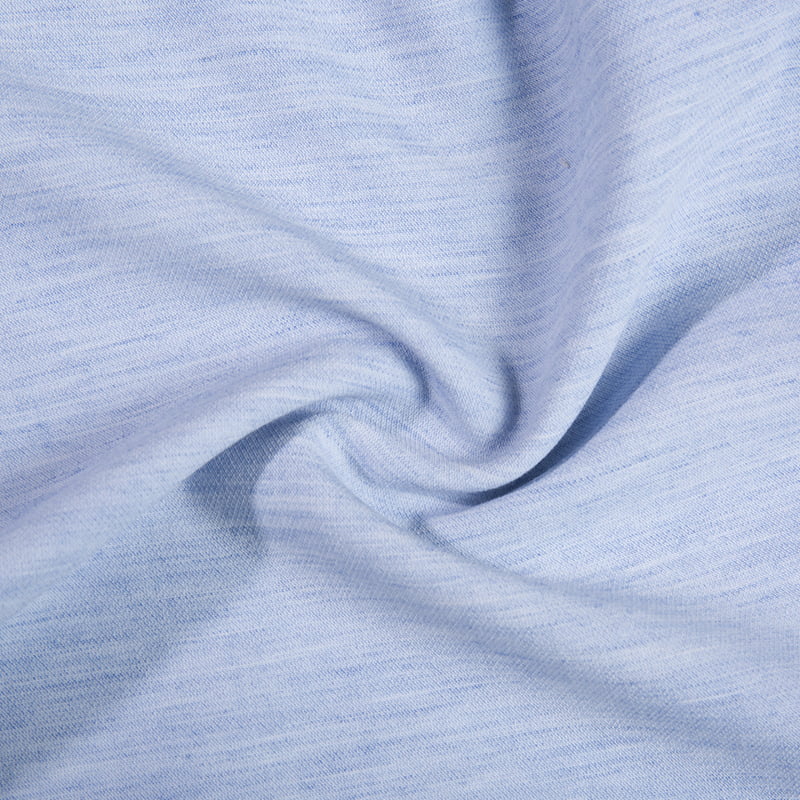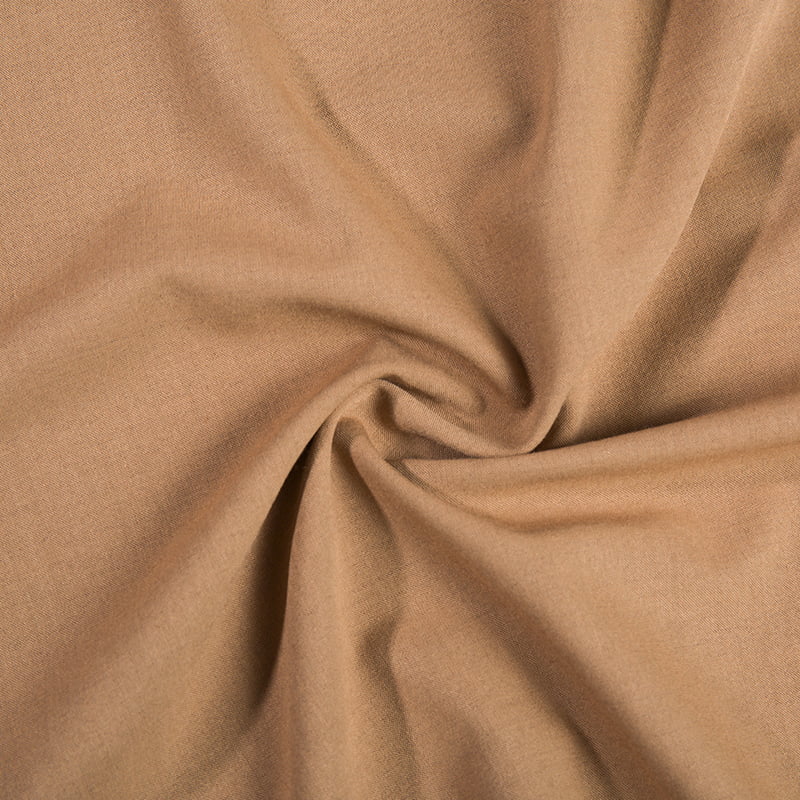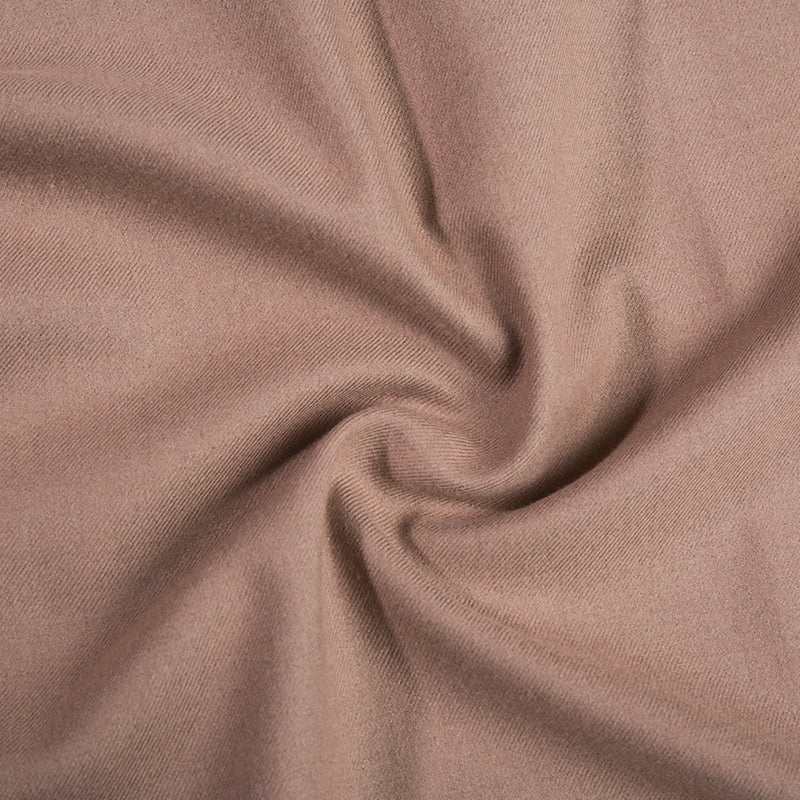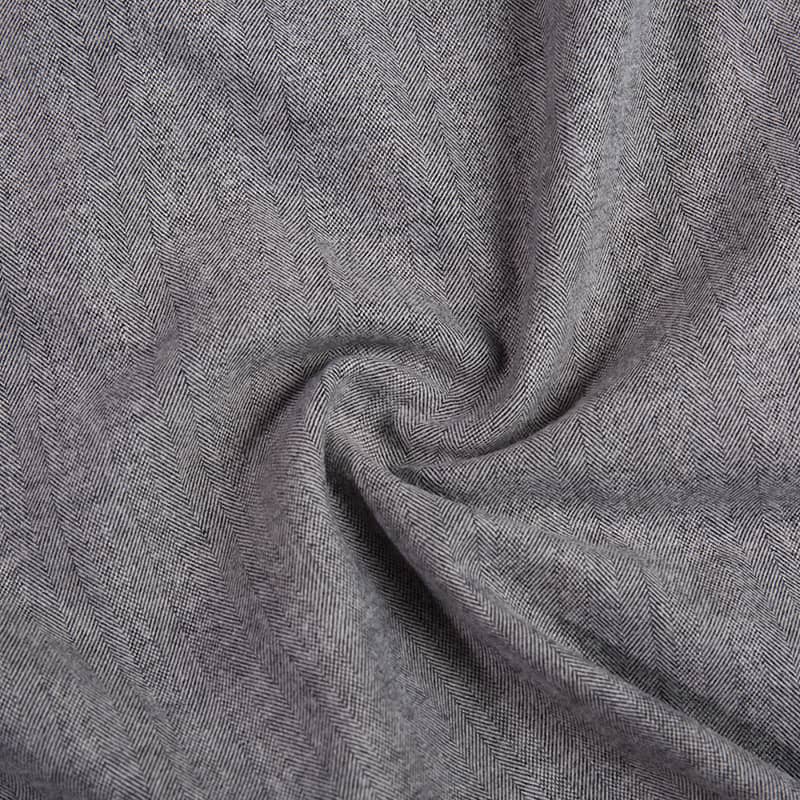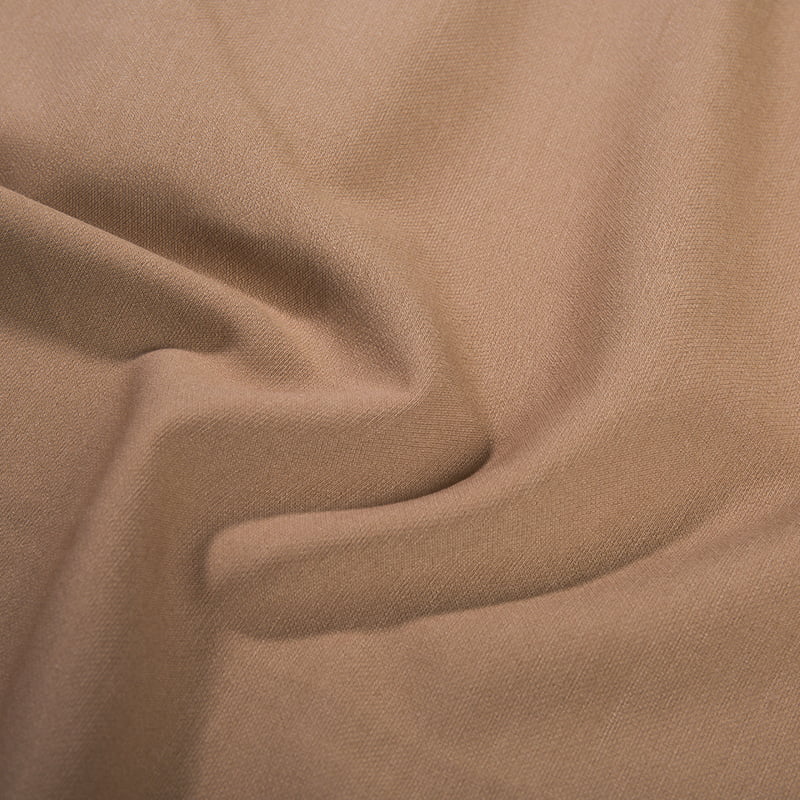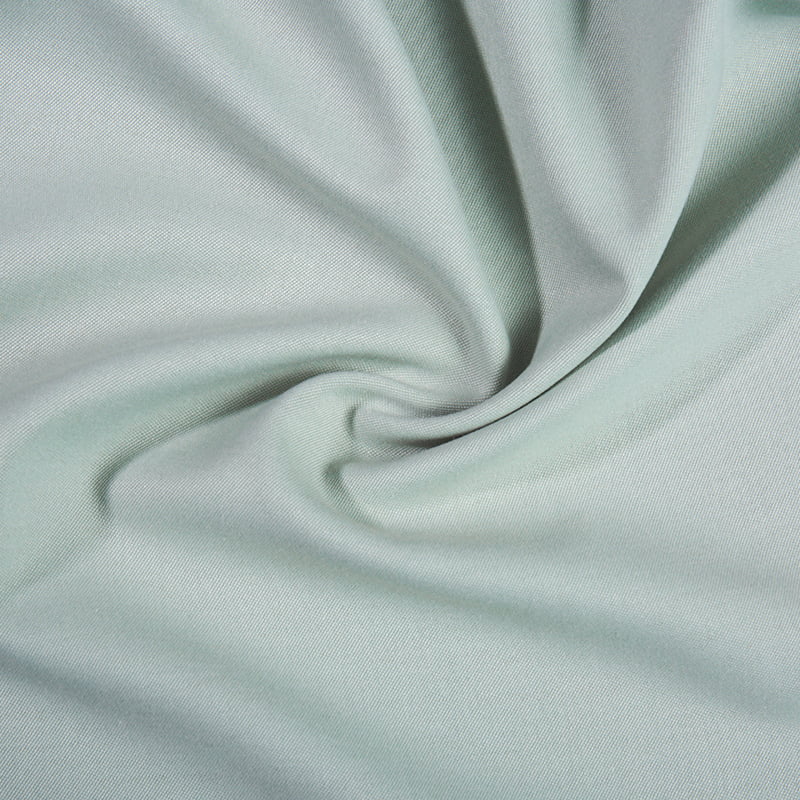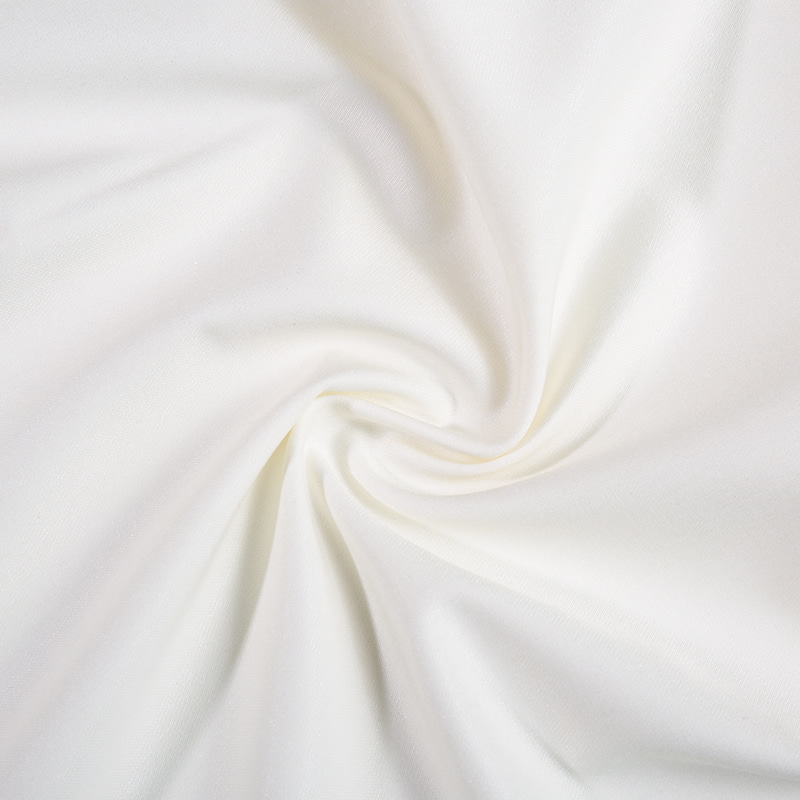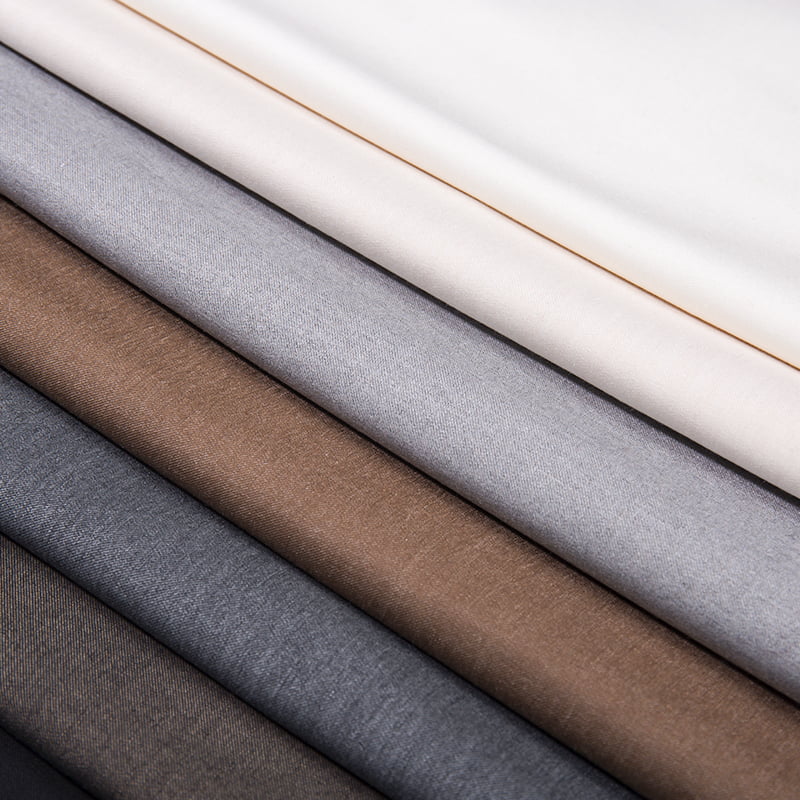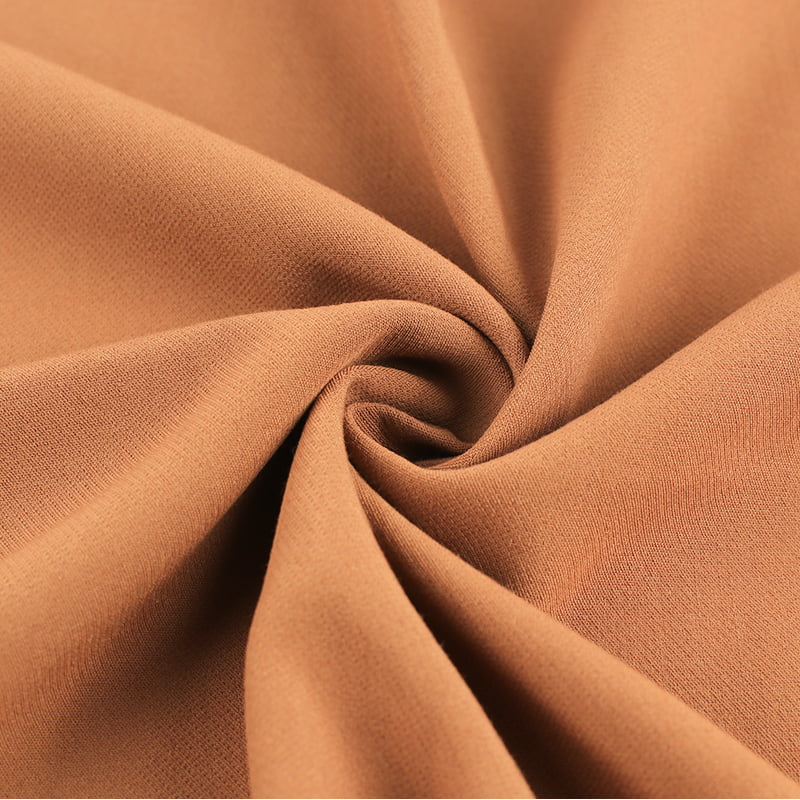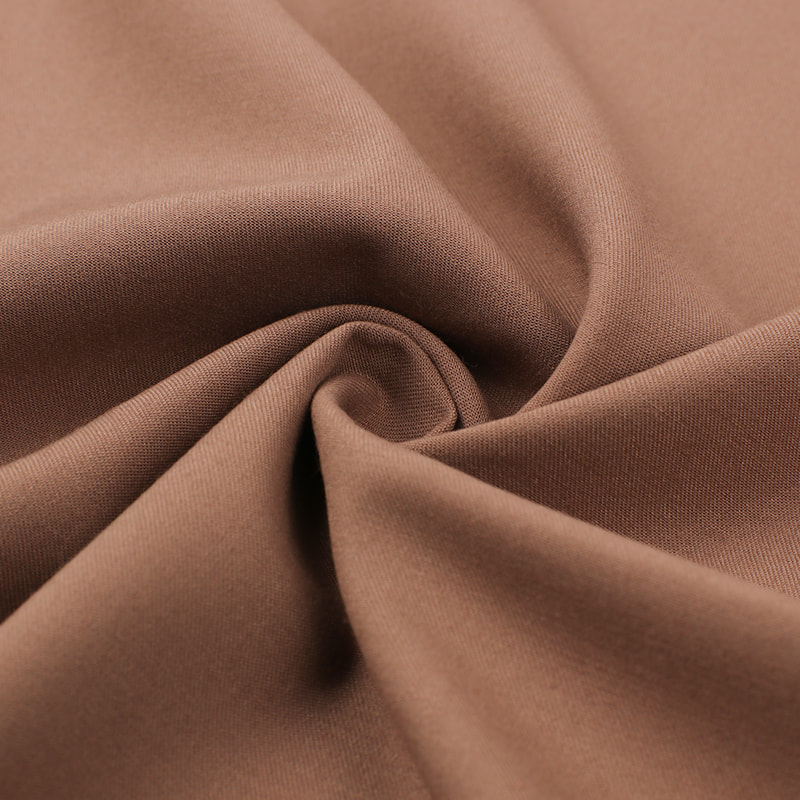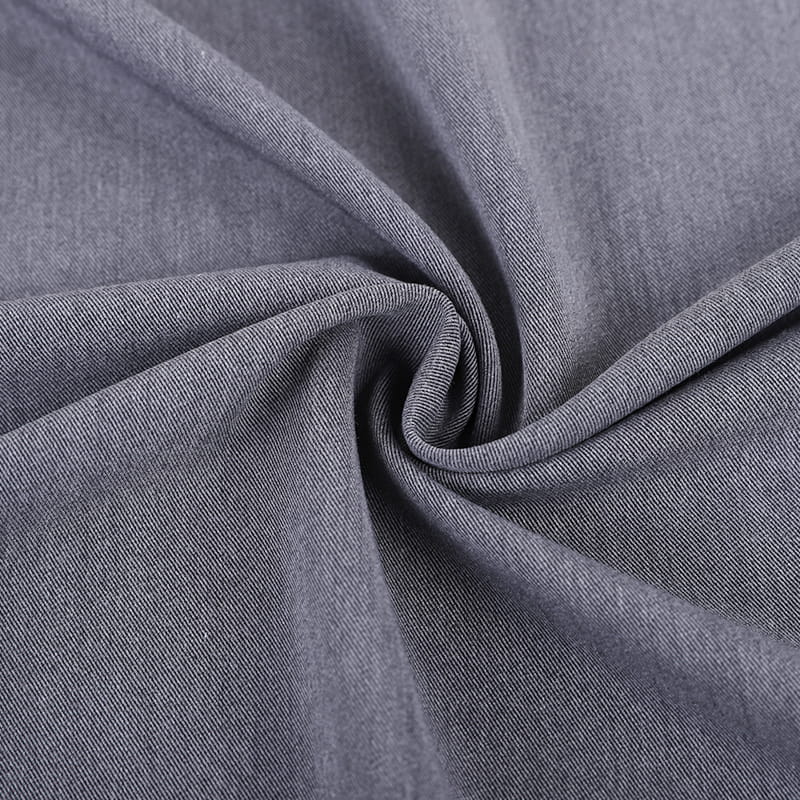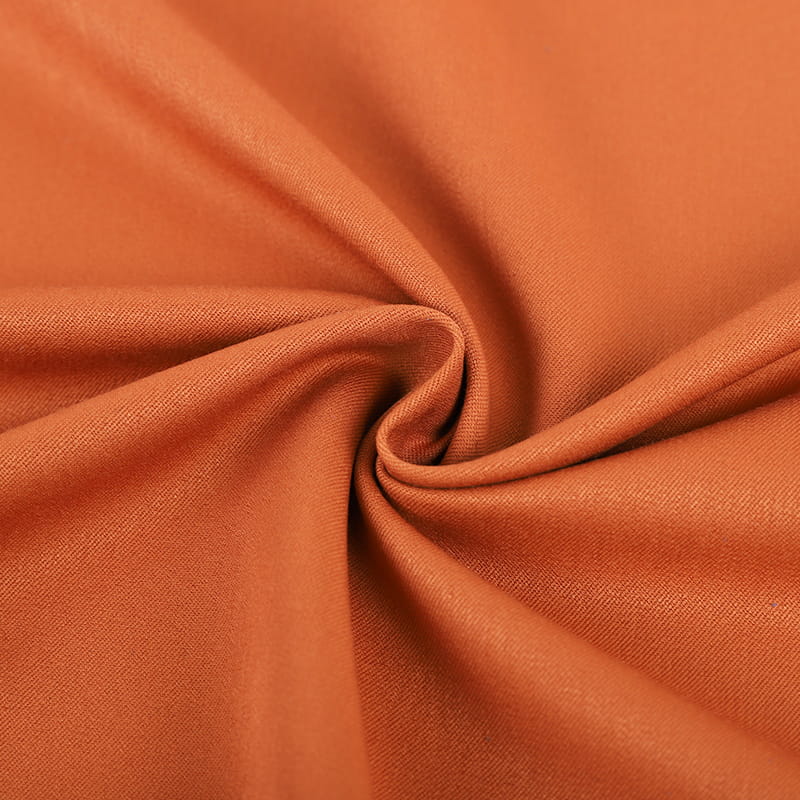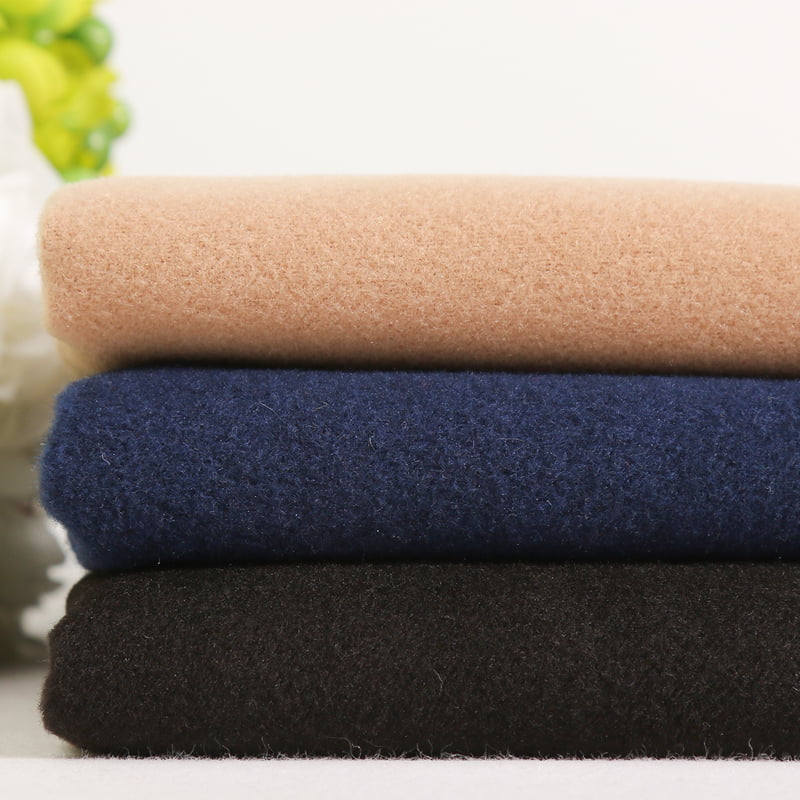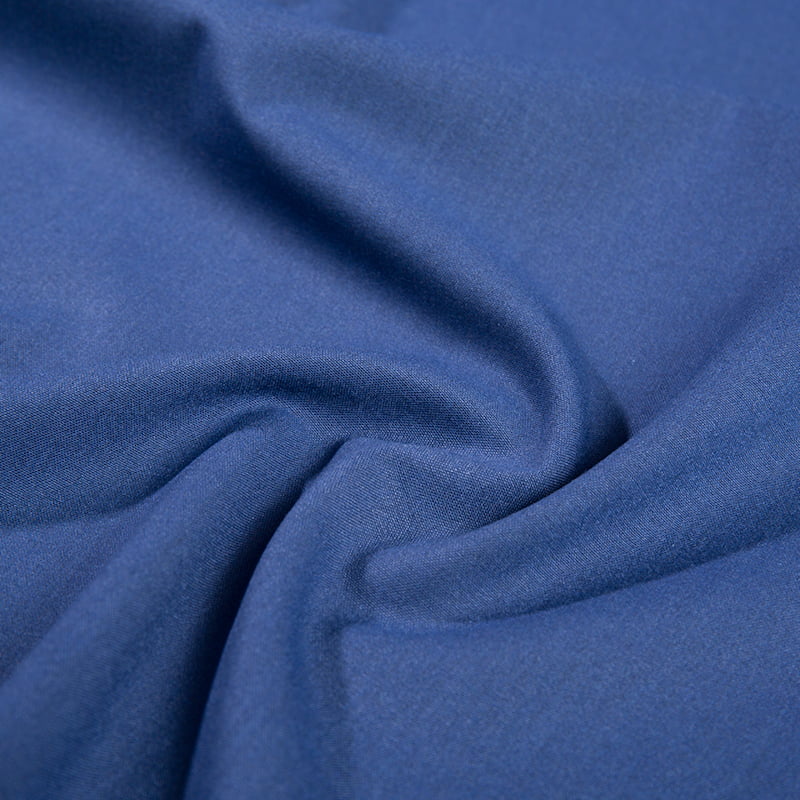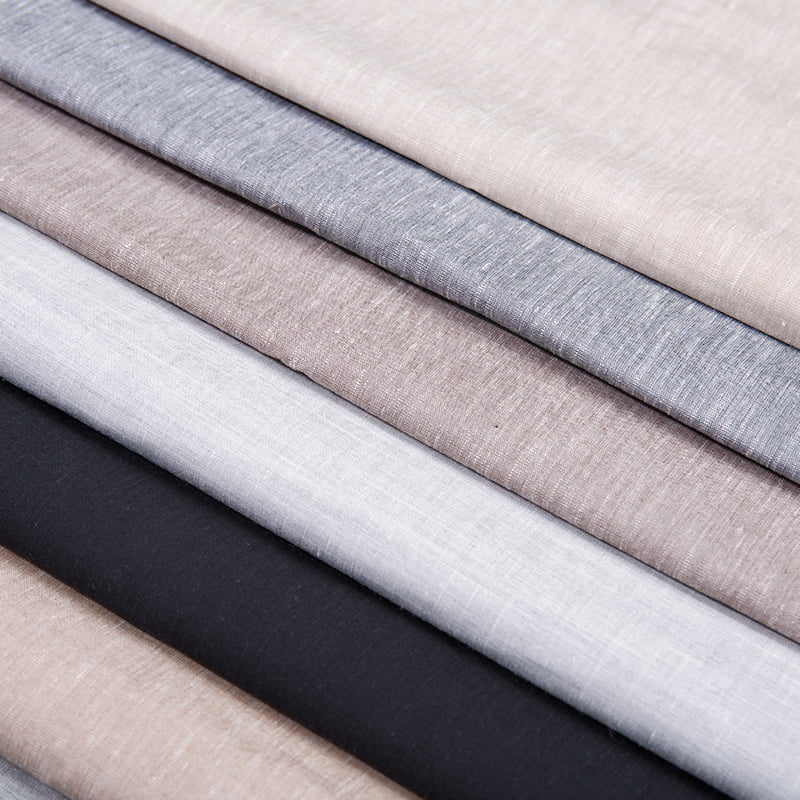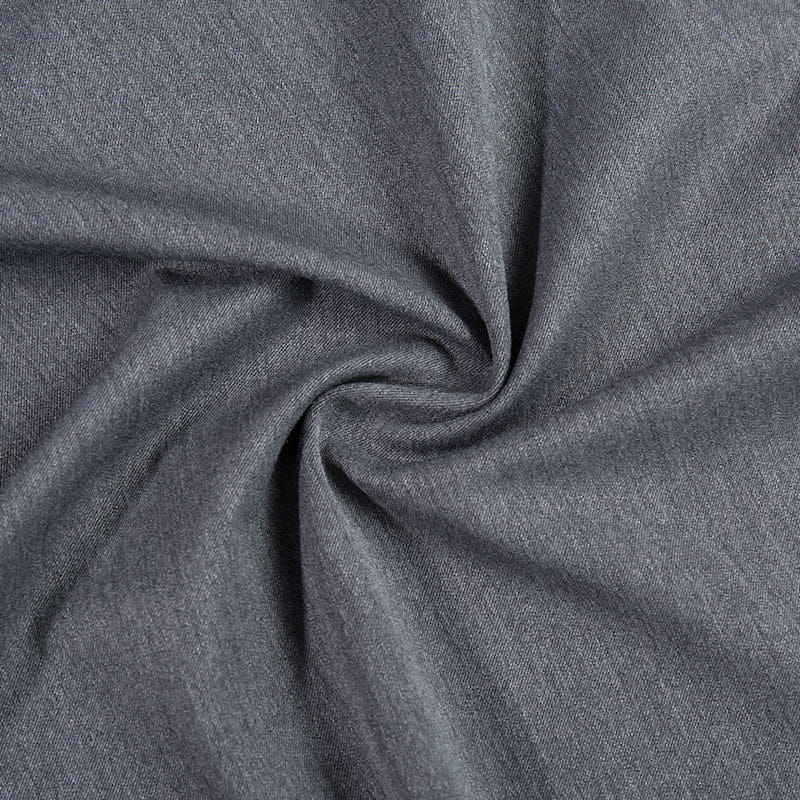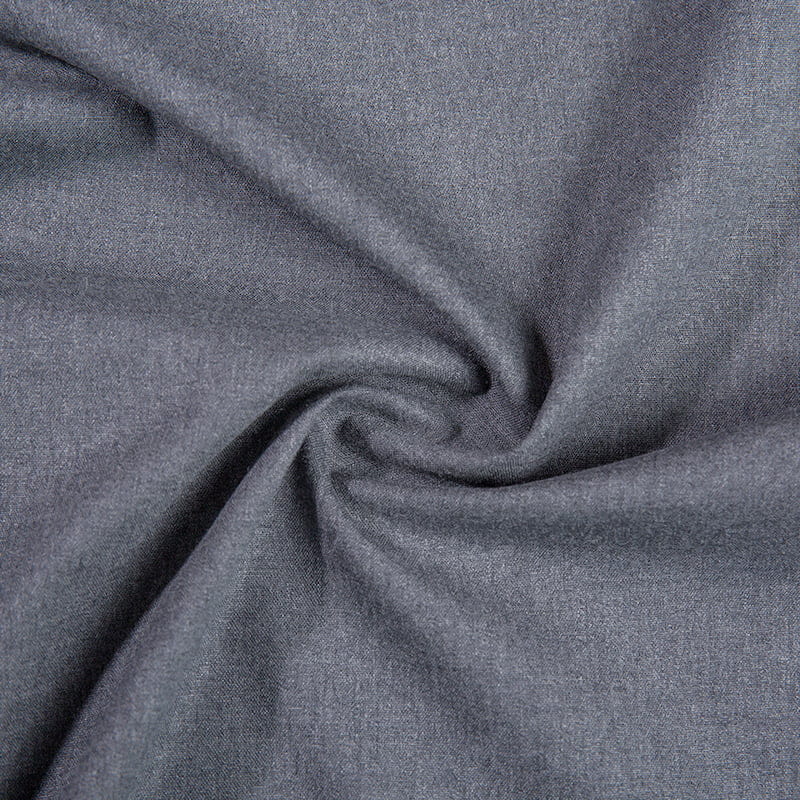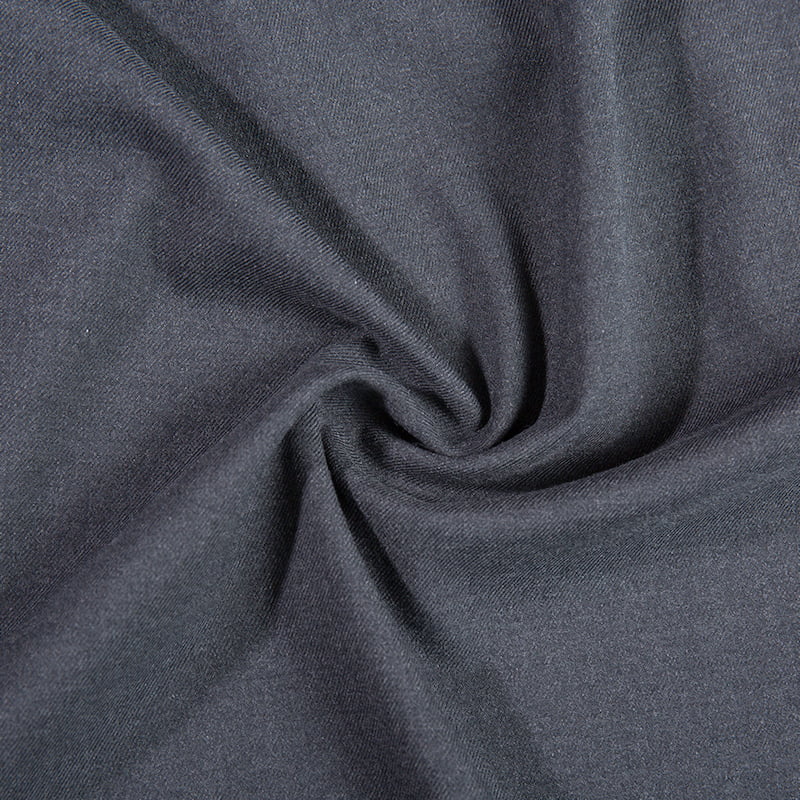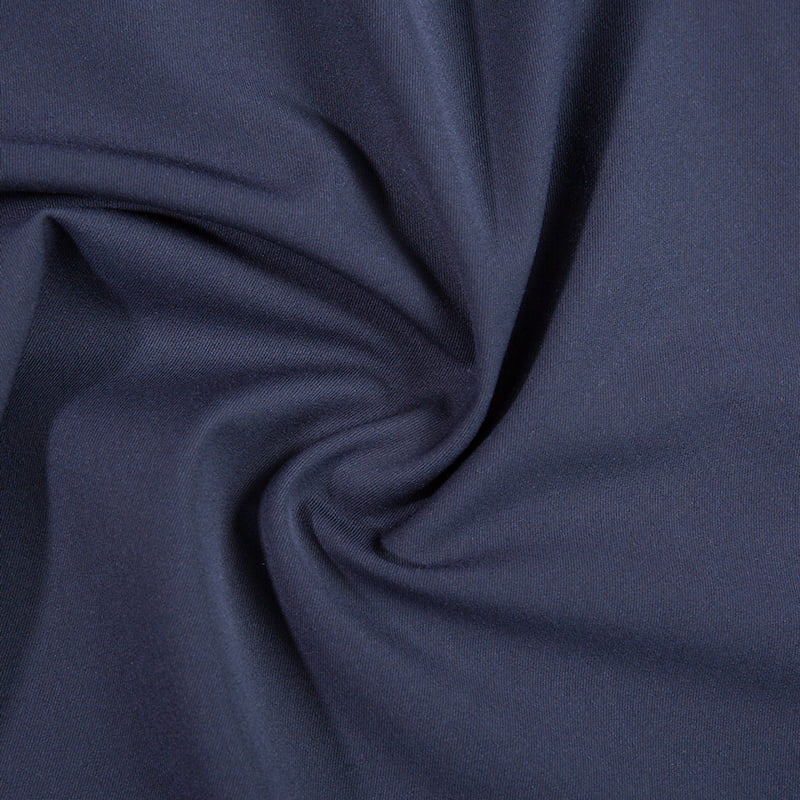The demand for versatile suiting options that perform reliably across different seasons has grown significantly in recent years. TR Fabrics, a blend known for its durability and comfort, is often considered for such applications.
Understanding TR Fabrics
TR Fabrics typically refer to textiles composed of a blend of polyester and viscose fibers. This combination is designed to balance strength, appearance, and functional characteristics.
Composition and Key Features
-
Fiber Blend: TR Fabrics integrate polyester for resilience and viscose for softness and moisture absorption.
-
Weave and Structure: The fabric is often woven in ways that enhance its durability and ease of maintenance, contributing to its suitability for formal wear.
-
Common Applications: TR Fabrics are widely used in suiting due to their wrinkle resistance and color retention, which support long-term use in various conditions.
Breathability in TR Fabrics Suits
Breathability refers to a fabric's ability to allow air circulation and moisture vapor transmission, which is crucial for comfort in warmer weather.
Mechanisms of Breathability
-
Moisture Management: The viscose component in TR Fabrics can absorb and release moisture, aiding in evaporative cooling.
-
Air Permeability: The weave density and fiber structure influence how well air flows through the fabric, with looser weaves generally promoting better ventilation.
-
Thermal Regulation: By facilitating heat dissipation, TR Fabrics can help reduce the buildup of perspiration and discomfort during physical activity or in warm environments.
Performance in Warm Conditions
-
Ventilation Properties: In summer or spring, TR Fabrics suits may provide moderate airflow, depending on the specific blend ratio and finishing treatments.
-
User Comfort Factors: The fabric's lightweight variants can enhance breathability, making it suitable for indoor settings or mild outdoor temperatures.
Thermal Adaptability in TR Fabrics Suits
Thermal adaptability involves a fabric's capacity to provide insulation in cold weather while remaining comfortable in milder conditions, supporting four-season usability.
Insulation Characteristics
-
Heat Retention: The polyester in TR Fabrics can trap air pockets, offering some level of warmth in cooler seasons like autumn and winter.
-
Layering Potential: TR Fabrics suits can be paired with undergarments or liners to improve thermal performance without compromising the suit's structure.
-
Adaptive Properties: The blend may adjust to body temperature changes, though this is influenced by external factors such as humidity and wind.
Suitability for Seasonal Transitions
-
Spring and Autumn Use: TR Fabrics can maintain a stable temperature range in moderate climates, reducing the need for frequent outfit changes.
-
Winter Considerations: In colder settings, the fabric's insulation may be supplemented by additional layers, but it is not inherently designed for extreme cold without enhancements.
Overall Suitability for Four-Season Wear
Evaluating TR Fabrics suits for year-round use involves assessing how well they balance breathability and thermal adaptability across varying environmental conditions.
Key Factors in Four-Season Performance
-
Consistency in Comfort: TR Fabrics may offer a practical compromise, providing adequate breathability in heat and basic warmth in cool weather, though not specialized for extremes.
-
Durability and Maintenance: The fabric's resistance to wear and tear supports repeated use through seasonal changes, aligning with long-term wardrobe investments.
-
Limitations and Considerations: While TR Fabrics suits can adapt to many situations, their performance may vary based on specific blend ratios, fabric treatments, and individual usage patterns.
Based on the properties of TR Fabrics, these suits can provide a reasonable level of breathability and thermal adaptability for four-season wear in typical climates. The blend's moisture management and insulation characteristics contribute to its versatility, though outcomes depend on factors like fabric construction and environmental conditions. For those seeking a balanced suiting option, TR Fabrics represents a viable choice that aligns with functional demands across different seasons.


 English
English 中文简体
中文简体 日本語
日本語 한국어
한국어 Español
Español русский
русский

